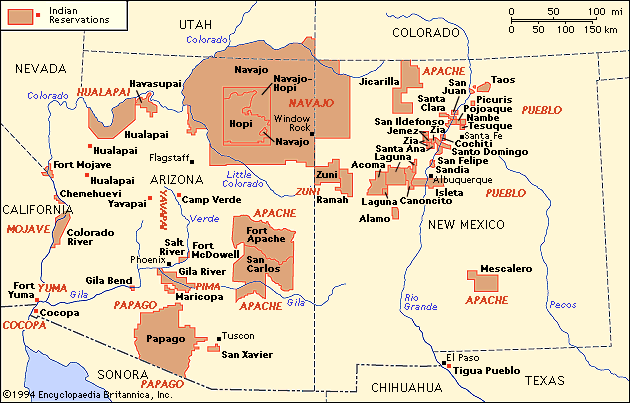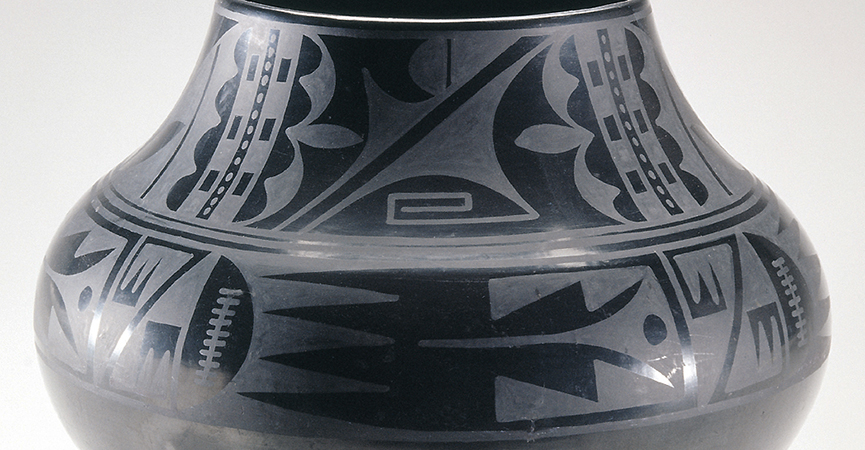When I began this blog, I hoped to contribute my view on a variety of topics pertaining to the Western United States, as well as commentary on personal interests as well. As time went Trumpon, I branched out into poetry, book reviews, and environmental topics. I have generally
refrained from political commentary. As a citizen of the United States, my energy has been channeled through organizations that take a long view of this planet's health and well-being.
The Lakota leader Crazy Horse advocated that tribal decisions should be made with children seven generations ahead of of the current generations ahead. The heritage of various tribes has been progressively and systematically destroyed by people and corporations that remain unaccountable for the damage they have wrought without accountability for their decisions.
Around the world, the decisions made by corporations and individuals seeking wealth at the cost of environmental degradation and irreparable damage have made the immediate generation ahead so vulnerable that many people are making a decision to not have children
due to the climate change that threatens to ruin coastal, agricultural, traditional, and Indigenous Tribes' quality of life and archaeological quality of past lives studied.
Most recently, the President of the USA has abrogated and disrespected the Indigenous Tribes of Southern Utah and the Four Corners region by removing 80% of the land allocated for Bears Ear National Monument from the boundaries established after extensive negotiation between area residents of Southern Utah, and tribes in the region of Southern Utah.
The current President's disrespect for cultural facets of the Indigenous Tribes of the Four Corners region in The American
West has been another example of the hundreds of years disrespect the European settlers and U.S. Governmental have visited upon Native American peoples from the
first days of Columbus's landing in what he believed was Asia.
The disregard of the needs of Indigenous
People's cultural traditional and sacred ways of addressing the lands, waters, and species of animals from throughout the Americas has led to chaos for tribes whose
outlook on this planet's health is the basis
of entire cultures that make up the
humans of the Americas.
Species whose very existence is endangered
are at best having an even chance of survival. Sadly, the same is true for the hundreds of Indigenous Tribal Cultures that, against the odds, have hung onto their languages, spiritual beliefs, land and specie's pre-Columbian relationships with animals, other tribes, and traditional lands.
Thanks to European and then American ignorance of the tribal religions, cultural
methods ofs arranging their beliefs, boundaries of traditional lands, and diets, were uprooted or ignored. The United States and its European manner of deciding that traditional lands and tribal/cultural manner of interaction with other tribes and European/Americans was to be utilized without respect for long cultural mores that were in place for centuries. The disrespect and imperialism of European/American conquest of such advanced cultures, led to a series of unfortunate events that nearly extinguished the Indigenous people of the entire North and South American continents. Tribal culture and spiritual beliefs were outlawed.
The liquidation of an estimated 100 million Native Americans throughout the America's from the landing of what Columbus thought was the Far East was the result of European and then American greed for gold and silver. There is no excuse in the manner of enslaving Indigenous cultures. The disregard by the Trump Looney Toons of the needs of Indigenous Tribes to respect various Tribes' burial of their ancestors.
There is only one factor that is the main consideration of Trump and his lackies. This is the question of each day that governs Trump Administration decisions. That question is......is there a way to capitalize this issue and enlarge Trump's
narcissistic manner of viewing himself, no matter who is screwed in the process.
In my home, the Bear Ears decision by Trump and his Secretary of the Interior, has come to be another example of massive stupidity and abuse of Indigenous Tribes' independ and soverignty. As a result, we have elected to address the President as Trumpsy or Trumpkoff. His Interior Secretary is addressed as Mumpsy. These labels convey the same attitude towards these men as he evinces toward Indigenous Tribes' soverignty.
Around the world, the decisions made by corporations and individuals seeking wealth at the cost of environmental degradation and irreparable damage have made the immediate generation ahead so vulnerable that many people are making a decision to not have children
due to the climate change that threatens to ruin coastal, agricultural, traditional, and Indigenous Tribes' quality of life and archaeological quality of past lives studied.
Most recently, the President of the USA has abrogated and disrespected the Indigenous Tribes of Southern Utah and the Four Corners region by removing 80% of the land allocated for Bears Ear National Monument from the boundaries established after extensive negotiation between area residents of Southern Utah, and tribes in the region of Southern Utah.
The current President's disrespect for cultural facets of the Indigenous Tribes of the Four Corners region in The American
West has been another example of the hundreds of years disrespect the European settlers and U.S. Governmental have visited upon Native American peoples from the
first days of Columbus's landing in what he believed was Asia.
The disregard of the needs of Indigenous
People's cultural traditional and sacred ways of addressing the lands, waters, and species of animals from throughout the Americas has led to chaos for tribes whose
outlook on this planet's health is the basis
of entire cultures that make up the
humans of the Americas.
Species whose very existence is endangered
are at best having an even chance of survival. Sadly, the same is true for the hundreds of Indigenous Tribal Cultures that, against the odds, have hung onto their languages, spiritual beliefs, land and specie's pre-Columbian relationships with animals, other tribes, and traditional lands.
Thanks to European and then American ignorance of the tribal religions, cultural
methods ofs arranging their beliefs, boundaries of traditional lands, and diets, were uprooted or ignored. The United States and its European manner of deciding that traditional lands and tribal/cultural manner of interaction with other tribes and European/Americans was to be utilized without respect for long cultural mores that were in place for centuries. The disrespect and imperialism of European/American conquest of such advanced cultures, led to a series of unfortunate events that nearly extinguished the Indigenous people of the entire North and South American continents. Tribal culture and spiritual beliefs were outlawed.
The liquidation of an estimated 100 million Native Americans throughout the America's from the landing of what Columbus thought was the Far East was the result of European and then American greed for gold and silver. There is no excuse in the manner of enslaving Indigenous cultures. The disregard by the Trump Looney Toons of the needs of Indigenous Tribes to respect various Tribes' burial of their ancestors.
There is only one factor that is the main consideration of Trump and his lackies. This is the question of each day that governs Trump Administration decisions. That question is......is there a way to capitalize this issue and enlarge Trump's
narcissistic manner of viewing himself, no matter who is screwed in the process.
In my home, the Bear Ears decision by Trump and his Secretary of the Interior, has come to be another example of massive stupidity and abuse of Indigenous Tribes' independ and soverignty. As a result, we have elected to address the President as Trumpsy or Trumpkoff. His Interior Secretary is addressed as Mumpsy. These labels convey the same attitude towards these men as he evinces toward Indigenous Tribes' soverignty.
In short, this administration is the most disrespectful of Indigenous People since the late 1800s. From where I sit, their blatant of Indigenous Tribes' soverignty is as barbaric as smearing smallpox on blankets and given to tribes or viewing the Tribes' world as a culture to be eradicated. There is a special place in Hades for Trumpkoff's self loving Capitalists, as any person who disturbs a grave for his own enrichment.











